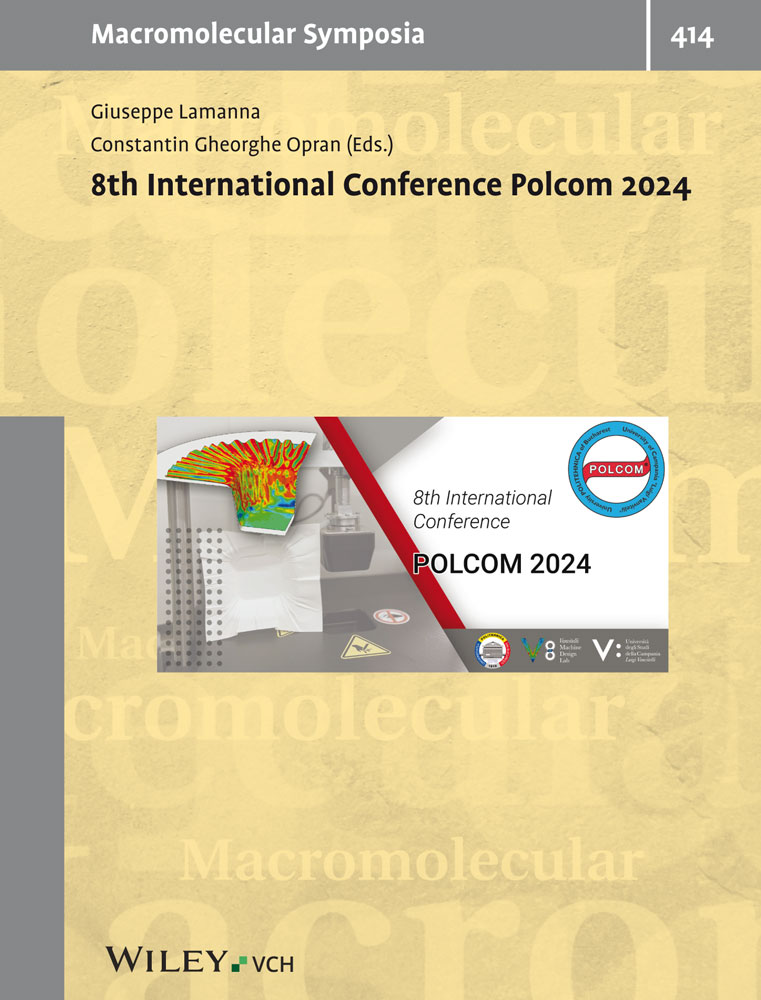Methods to Analyse the Texture of Alginate Aerogel Microspheres
Abstract
Nitrogen adsorption at 77 K has been applied to the study of the texture of alginate aerogel microspheres obtained by CO2 supercritical drying of alcogels. The limited volume shrinkage suggests that the aerogels preserve the texture of the hydrogels. Alginate aerogels presents a N2 adsorption at small pressure higher than reference non-porous silica, to be attributed to the polarity of the surface or to a small microporous volume. The aggregated nanobead strings of the guluronic-rich gels accounts for a significant mesoporosity. The N2 adsorption results correspond to electron microscopy observations for features smaller than 50 nm.




